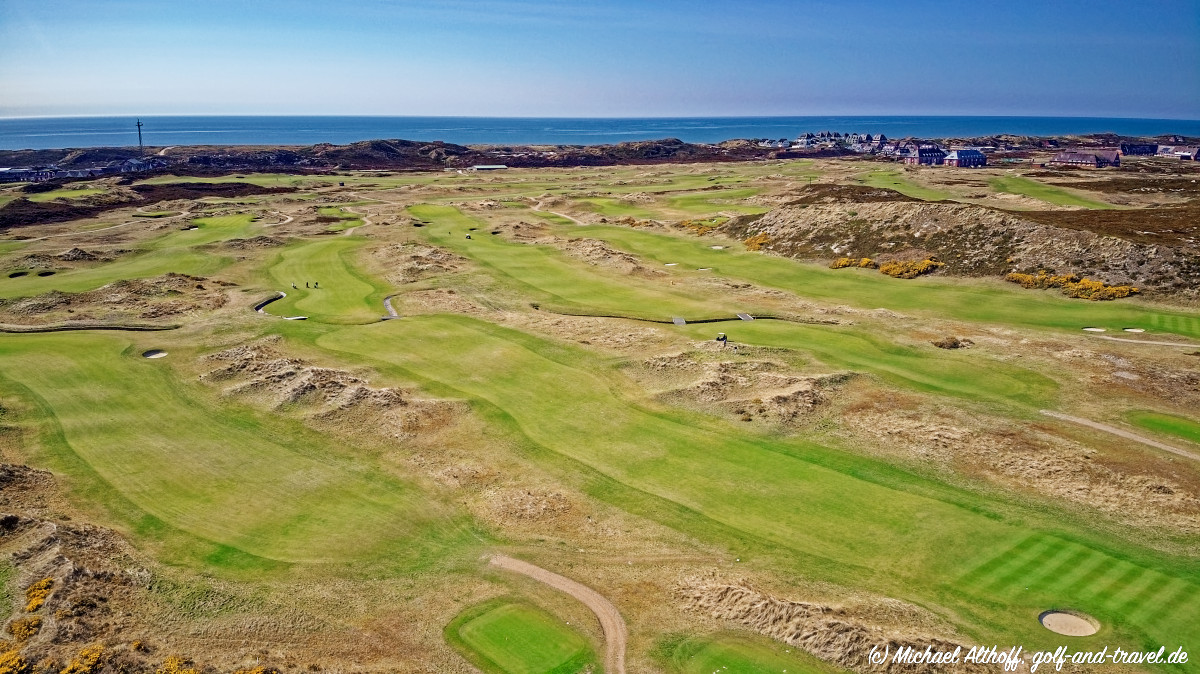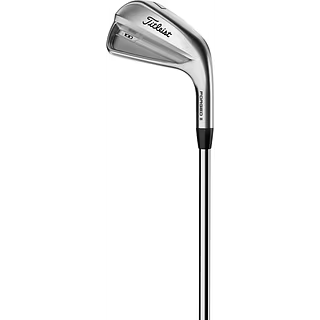


Budersand - links golf at its best on Sylt
Budersand Golf Club: links golf on Sylt. Experience pot bunkers, wind and sea views on Germany's best links course.
Sylt has long held a special position among German vacation destinations - even the Germany ticket and controversial political weddings have not changed this. The local golf offerings are also small but mighty. The Budersand golf course in the south of the island belongs to the rare breed of links courses in this country - and has been voted Germany's best golf course several times in recent years. The course is designed as a Pay & Players course, so it is open to all green fee players. If you want to treat yourself to a special experience, you can combine a round of golf with a stay at the luxury Hotel Budersand, which is located right next to the golf course and is one of the best hotels in Germany. The Par 72 course with two 9-hole loops has five tees per hole and plays between 4,965 and 6,020 meters in total. Some golfers are surprised by the numerous differences in altitude on the course. If you don't want to walk the course, you can hire a buggy - weather permitting.

As with all real links courses, the wind has a significant influence on the difficulty of a round. As Sylt is known to be very narrow, you can see the sea on both sides of the course from the air - and this beautiful and challenging golf course has been integrated into the gap between them. If you think you will find an easy-to-play course when there is no wind, you will soon be deceived: the varied layout combines classic links soil, which often allows the balls to roll far after landing, with numerous bumps, hills and, of course, the typical links pot bunkers. Anyone who has never golfed on a links course can therefore look forward to the first shot from such a pot bunker - a completely different playing experience to classic bunkers. When approaching, you should also let the ball land at the start of the green, if not just before, as it often rolls out a long way after landing. It is therefore not unusual to see experienced links golfers reaching for the Putt instead of the Wedge from distances of 20 to 30 meters in front of the green.
You realize how differently a links course plays at the latest at the Par 4 of the second hole, a gentle dogleg left. A small Wood from the Tee is usually enough here, the terrain takes care of the rest. The Par 5s are comparatively short at a maximum of 473 meters (hole 7) - but whether you can reach the green in two shots clearly depends on the wind. With a tailwind, you can even make it with Driver and Iron, but when do you ever have a tailwind when you need it? The most difficult hole, a 396-metre par 4 on hole 5, runs uphill in the last section - it plays more like a par 5 in a headwind. The most beautiful section for us is on the back nine. The green of the Par 3 on hole 13, which is framed by a ring wall, is reminiscent of the famous hole 5 of Ireland's Lahinch Golf Club, while the Par 3 on hole 15 plays directly next to the coast on a green that is fully exposed to the wind. On the challenging final holes 17 and 18, the burn, a small stream that is indispensable for a links course, comes into play once again. In addition, the 17th green again borders directly on the North Sea, and the dogleg left on hole 18 requires two precise shots to the green to secure par.
After the round, you should visit the excellent Strönholt restaurant in the striking clubhouse, which is open to the public. From the terrace, you also have an excellent view of the course and the sea, allowing you to reflect on your round.




Release date
05 Mar 2025
photos
Impressions of the Budersand Golf Club and the clubhouse. (Photos: Michael Althoff)
Budersand Golf Club is one of the few links courses in Germany. (Photo: Michael Althoff)






